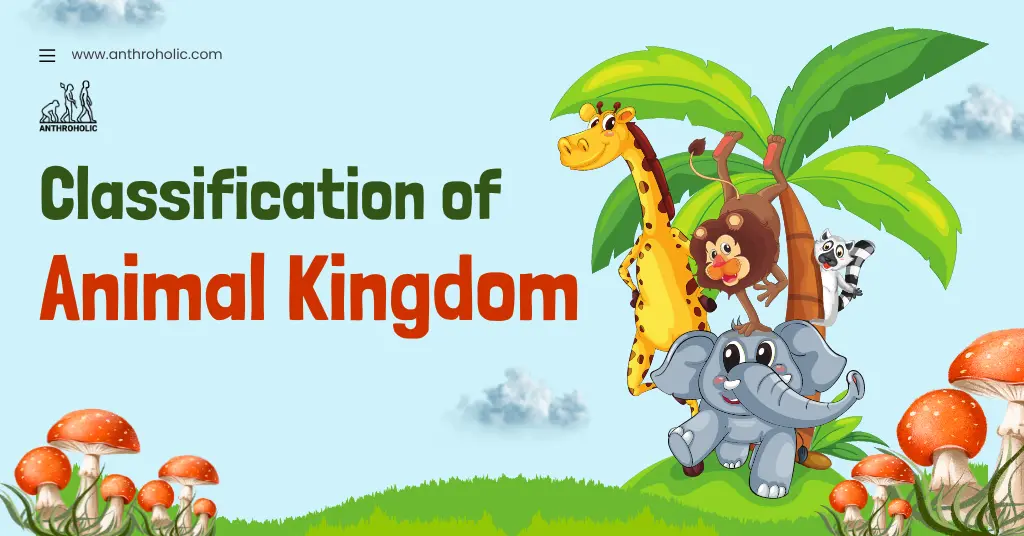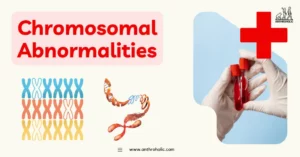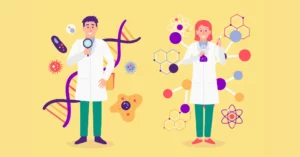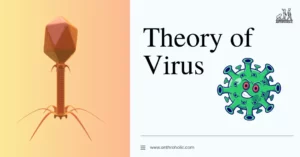AI Answer Evaluation Platform Live Now. Try Free Answer Evaluation Now
Classification of Animal Kingdom
The evolution of life on Earth is a complex process, resulting in a rich biodiversity of species. A crucial tool for understanding this diversity is classification, a method for organizing life forms into hierarchical categories. Early theories of animal kingdom classification laid the groundwork for our current understanding, and they remain critical to comprehending the evolution of life.

Pre-Linnaean Systems
Before the modern system of taxonomy, ancient cultures had their own ways of classifying animals, usually based on observable characteristics and the species’ roles in human life.
- Ancient Egyptians: Animals were classified for religious, medical, and practical reasons. For example, they distinguished between domestic animals, game, and mythical creatures [1].
- Aristotle’s System: Aristotle (384–322 BC) was among the first to develop a scientific system of classification. He differentiated animals with blood (vertebrates) from those without (invertebrates). He further classified animals based on their habitats—land, air, and water [2].
Linnaean System
In the 18th century, Swedish botanist Carl Linnaeus introduced a system known as binomial nomenclature, which used Latin names for every species: a genus name followed by a species name. This system forms the basis for the classification we use today [3].
Linnaeus’s original animal kingdom classification was:
- Vertebrates: Animals with a spinal cord
- Invertebrates: Animals without a spinal cord
The Linnaean hierarchy of classification includes the following categories, in descending order of inclusivity:
- Kingdom
- Phylum (for animals) / Division (for plants)
- Class
- Order
- Family
- Genus
- Species
For example, the human classification under this system would be:
| Classification Level | Name |
|---|---|
| Kingdom | Animalia |
| Phylum | Chordata |
| Class | Mammalia |
| Order | Primates |
| Family | Hominidae |
| Genus | Homo |
| Species | H. sapiens |
The Five-Kingdom Classification
In the mid-20th century, American ecologist Robert H. Whittaker proposed a five-kingdom system, breaking away from the traditional two-kingdom system of plants and animals. His classification included the kingdoms Monera, Protista, Fungi, Plantae, and Animalia. The Animalia kingdom was further divided into several phyla based on body plans and developmental characteristics [4].
The Three-Domain System
In the late 20th century, Carl Woese introduced a three-domain system that divided life forms into Archaea, Bacteria, and Eukarya, based on differences in their ribosomal RNA. Eukarya encompassed all organisms with complex cells, including the entire animal kingdom. This system underlined the importance of molecular data in modern taxonomy and evolutionary biology.
Post-Linnaean Systems
While Linnaeus’s system was revolutionary, it was based on morphology and anatomy. As science evolved, the limitations of the Linnaean system were recognized, and new systems were proposed.
- Darwin’s Theory of Evolution: Charles Darwin introduced the concept of common descent in the mid-19th century, asserting that all species have evolved over time from common ancestors. This added a new dimension to classification, proposing that it should reflect evolutionary relationships.
- Phylogenetic Classification: In the 20th century, taxonomists began classifying species based on their evolutionary relationships, or phylogenies. Cladistics, a method of classifying organisms into groups called clades, was developed. Each clade consists of an ancestor and all its descendants, representing a single branch on the tree of life.
- Molecular Phylogenetics: With the advent of genetic sequencing in the late 20th century, scientists began to use molecular data to inform classifications. This allowed a clearer understanding of the genetic distance between species and helped refine the phylogenetic tree.
Modern Systems
Today, classification includes techniques such as DNA sequencing, digital morphology, and computational phylogenetics. This technological evolution has led to large-scale projects like the “Tree of Life”, which aims to create a comprehensive, digital map of life on Earth, interconnecting all known species according to their evolutionary relationships.
Future of Classification
The future of classification promises more accurate and refined systems, integrating data from genomics, ecology, biogeography, and other fields. As species continue to evolve and our understanding of life’s complexity deepens, our classification systems will also continue to evolve, reflecting the ever-changing nature of life.
Conclusion
The classification of the animal kingdom has journeyed from simple, observation-based categorization to sophisticated, data-driven systems reflecting evolutionary relationships. Each stage of this journey, from the rudimentary to the modern, offers essential insights into the evolution of life and how we understand it.
References
[1] Teeter, E. (2011). Religion and Ritual in Ancient Egypt. Cambridge University Press.
[2] Aristotle. (350 BC). Historia Animalium. Greece.
[3] Linnaeus, C. (1758). Systema Naturae, 10th Edition. Sweden.
[4] Whittaker, R. H. (1969). New concepts of kingdoms of organisms. Science.




